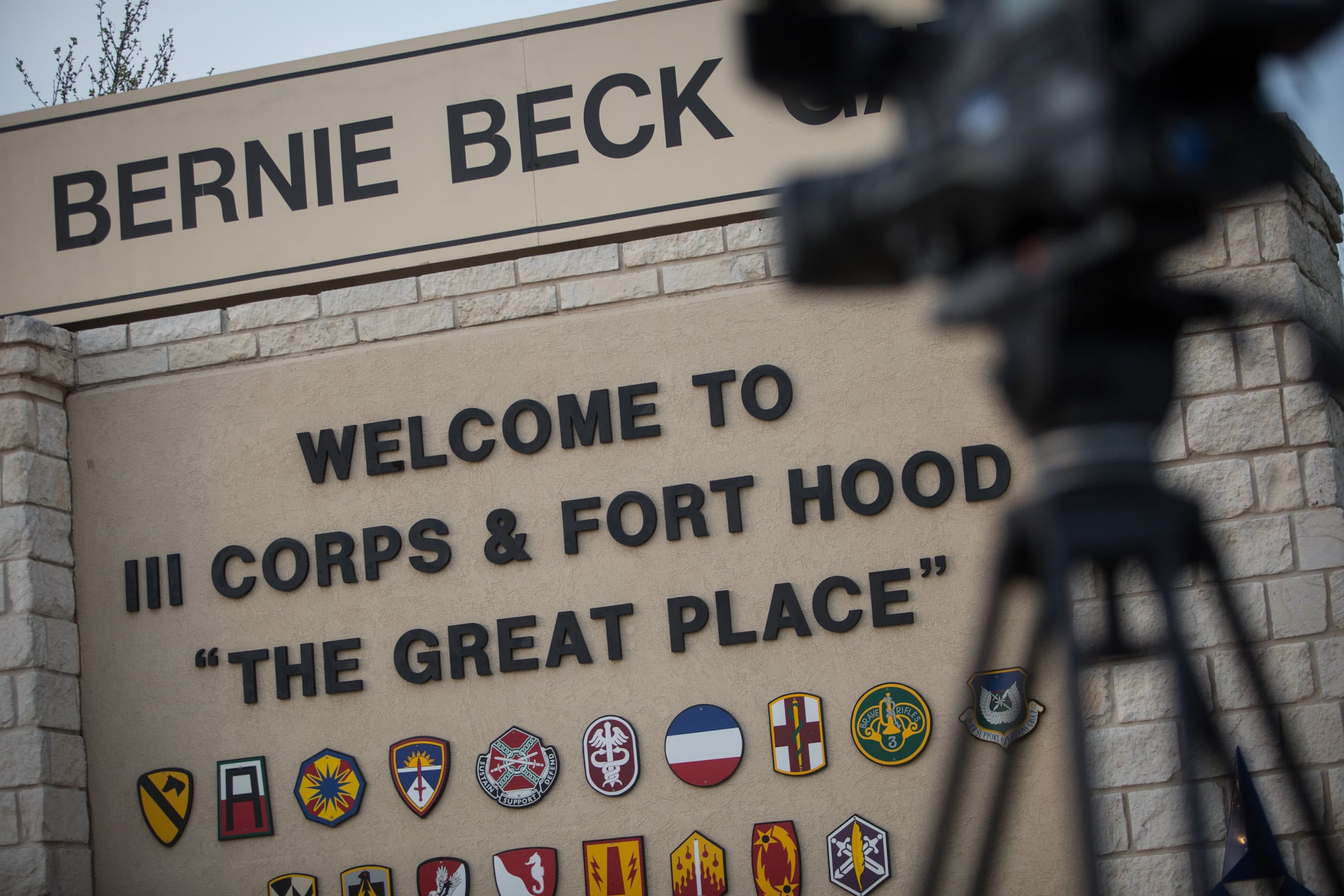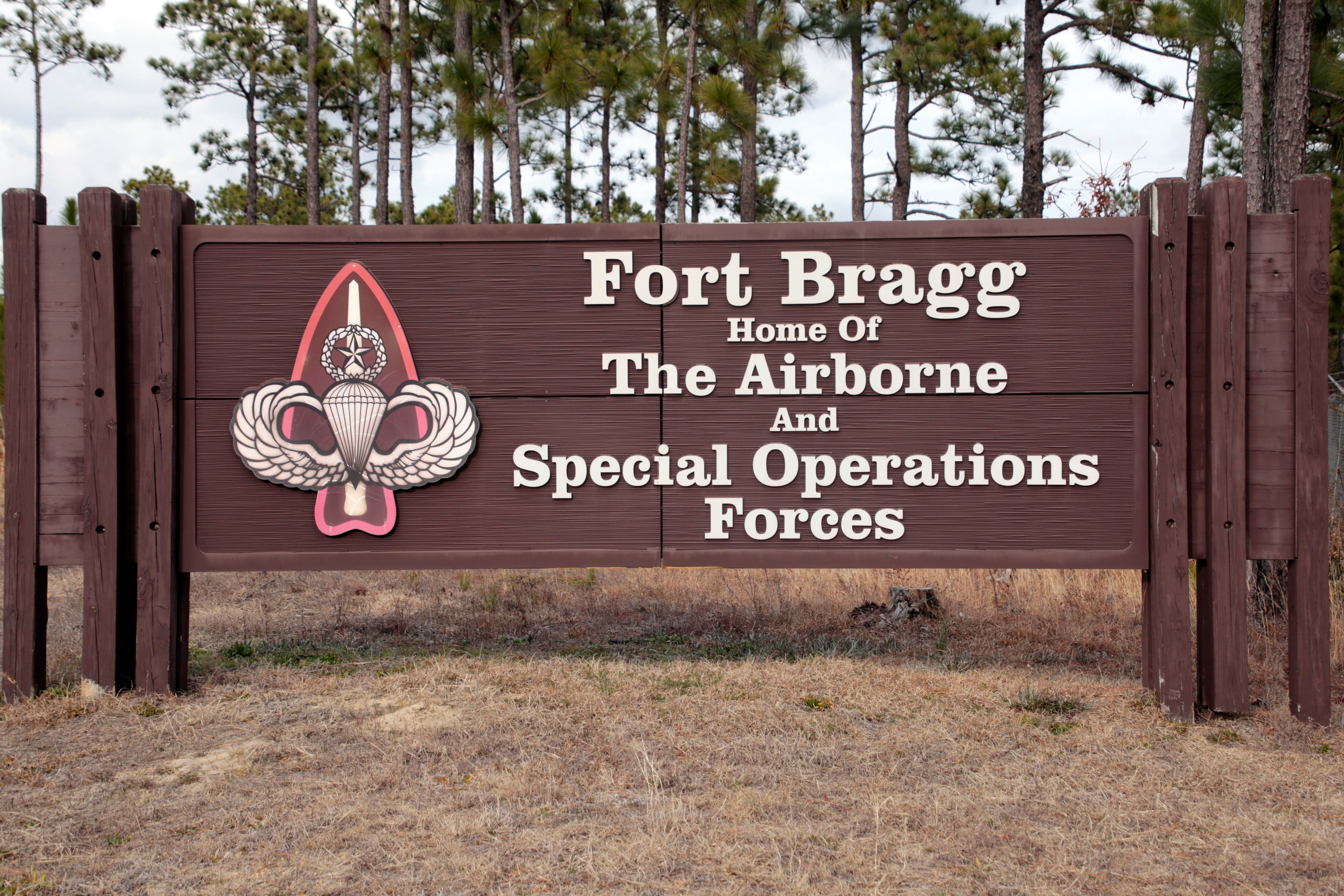Defense and Air Force officials are working to restore retirement funds to thousands of Air Force Reserve and Air National Guard members who have joined the military since 2018 and were mistakenly left out of the Blended Retirement System.
Officials estimate that more than 13,000 service members have been affected, including about 4,500 Reserve airmen and more than 7,000 Air Guard members. They’re also reviewing the records of another 1,500 combined Reserve and Air Guard members who have already separated from the military and may not have received any retirement funds.
Defense Finance and Accounting Service officials are working with Air Force officials to address the problem and to ensure that any service members who weren’t properly enrolled in BRS will receive matching Thrift Savings Plan contributions and earnings retrospective to the date when they should have been enrolled, a Defense Department official said.
The fixes could take six months to a year as officials work through calculations for individual cases.
The members weren’t properly enrolled in BRS “due to service-level data entry processes unrelated to the [Defense Joint Military Pay System],” the DOD official said.
All service members who joined the military beginning in January 2018 were supposed to be automatically enrolled into the Blended Retirement System, BRS, which began in 2018.
A Thrift Savings Plan account, similar to the 401(k) retirement account in the civilian sector, is created for the service member after 60 days of service, with the government contributing 1% of basic pay to the TSP and up to 5% to match the service member’s contribution to the account.
Information was not immediately available about how or when Air Force Reserve and Air Guard officials discovered the problem. Military Times first asked Defense officials about the problem on April 28, after an April 26 post on the popular Air Force amn/nco/snco Facebook page, which noted that “a whistleblower had revealed the long-standing error.”
Air Force Reserve officials have been working with DFAS staff since early May to make sure Reserve airmen’s pay and benefits are correct, said spokesperson Col. Carla Gleason. They’ve provided DFAS with a list of the Reserve airmen who were affected.
Reserve airmen who didn’t receive matching TSP contributions will receive a lump-sum deposit to their TSP account, she said. The staffs are working each case independently, and it’s expected to take about six months to make the adjustments, Gleason said.
Air Guard officials anticipate it will take about eight to 12 months to complete their process of correcting the accounts retrospectively of the more than 7,000 Guard members, said Air National Guard spokesperson Lt. Col. Dyana Allen. Meanwhile, as of May 14, all of those accounts have been corrected for future agency contributions and matching contributions, she said.
Officials are also reviewing the pay records of about 1,500 Reserve and Guard airmen who had already left the military to ensure accuracy.
As officials work to make the adjustments, Reserve airmen don’t have to open a Case Management System ticket to have their pay record reviewed, Gleason said. But those who do have questions about their pay record should contact their servicing station’s military pay office within the comptroller squadron or flight, she added.
Air Guard members and veteran members who may have been affected and have questions can call 800-525-0102, or submit a MyFSS ticket at the Total Force Service Center, Allen said.
Since early May, officials have made it a priority to correct Reserve airmen pay records, Gleason said.
“Air Force Reserve Command senior leadership understands the impact these types of incidents have to airmen individually, as well as to morale, recruiting and retention,” she said. “We are engaged in this matter at every level, and we are working to ensure we can address the current issue and prevent it from happening in the future.”
Guard and Reserve officials are working to research the root cause of the issue and to make sure the error is fully rectified, officials said.
RELATED

Some Reserve and Guard airmen said they had noticed the problem with their own situation and pursued it themselves, according to posts on the Air Force amn/nco/snco Facebook page.
One Guard member noticed an issue about a year ago and “upchanneled” the problem to the National Guard Bureau, she said. “…they kept saying it was an accession issue ... I have also asked on how to correct this issue and I have never gotten a response!” she posted.
She created quarterly talking points to push out to her base to spread awareness of the issue and urge other troops to check their Leave and Earning statements, she said.
For a variety of reasons, many new Guard and Reserve members may not have been aware of the BRS and its features, such as government contributions to their retirement accounts.
One veteran said in the Facebook group that he enlisted in 2018, and he asked the finance office when he left in March 2024, “where’s my % match? They were dumbfounded.”
Another Reserve airman said he notified his finance office when he noticed there was no matching contribution after he got his first set of orders.
“Credit to them, they followed up and kept poking until it got fixed,” he wrote. It took six months, and there were no retroactive contributions, he said.
Information was not available about how DFAS and the services will compute the amounts owed.
For some people, the amount of money — especially considering the compounding of dollars in the future — could be substantial, said JJ Montanaro, a certified financial planner who is the financial advice director on USAA’s military affairs team.
Montanaro said one fair way to correct the problem would be to use the appropriate TSP age-based target retirement Lifecycle fund and do a back calculation for each service member. That Lifecycle fund is the default for service members who don’t make an alternative choice themselves for their TSP.
At the beginning of BRS, 3% of basic pay was automatically deducted from each paycheck to fund the TSP. Troops could change the amount of deductions, but by law, if they stopped contributions, they would be reenrolled at 3% each year.
That all changed in October 2020, when troops joining the military were automatically enrolled with 5% of their base pay deducted for their TSP. Troops must take action to reduce their contributions to their TSP.
The government contributes at least 1% of base pay to the TSP and matches up to 5% of troops contributions’ to their TSP.
Before BRS, under the legacy retirement system, fewer than 20% of troops served long enough to receive military retired pay. Today, the majority of active-duty service members participate in the Blended Retirement System and will receive a government retirement benefit if they serve at least two years, even if they don’t qualify for a full retirement.
Karen has covered military families, quality of life and consumer issues for Military Times for more than 30 years, and is co-author of a chapter on media coverage of military families in the book "A Battle Plan for Supporting Military Families." She previously worked for newspapers in Guam, Norfolk, Jacksonville, Fla., and Athens, Ga.




